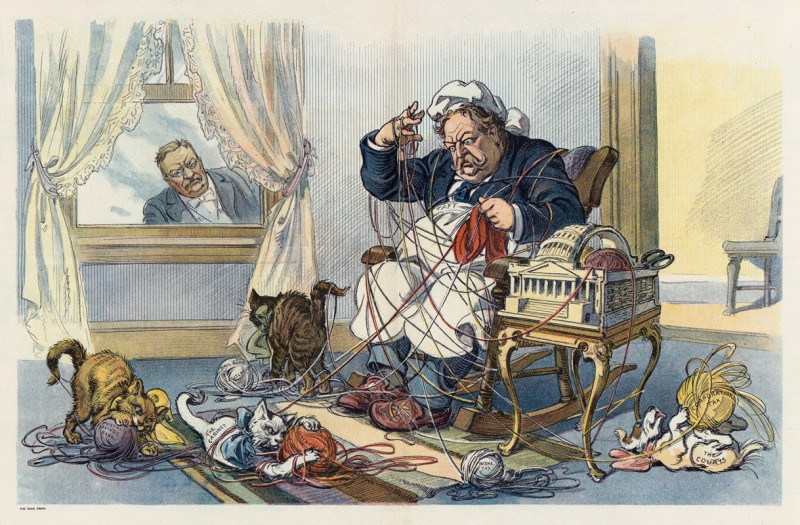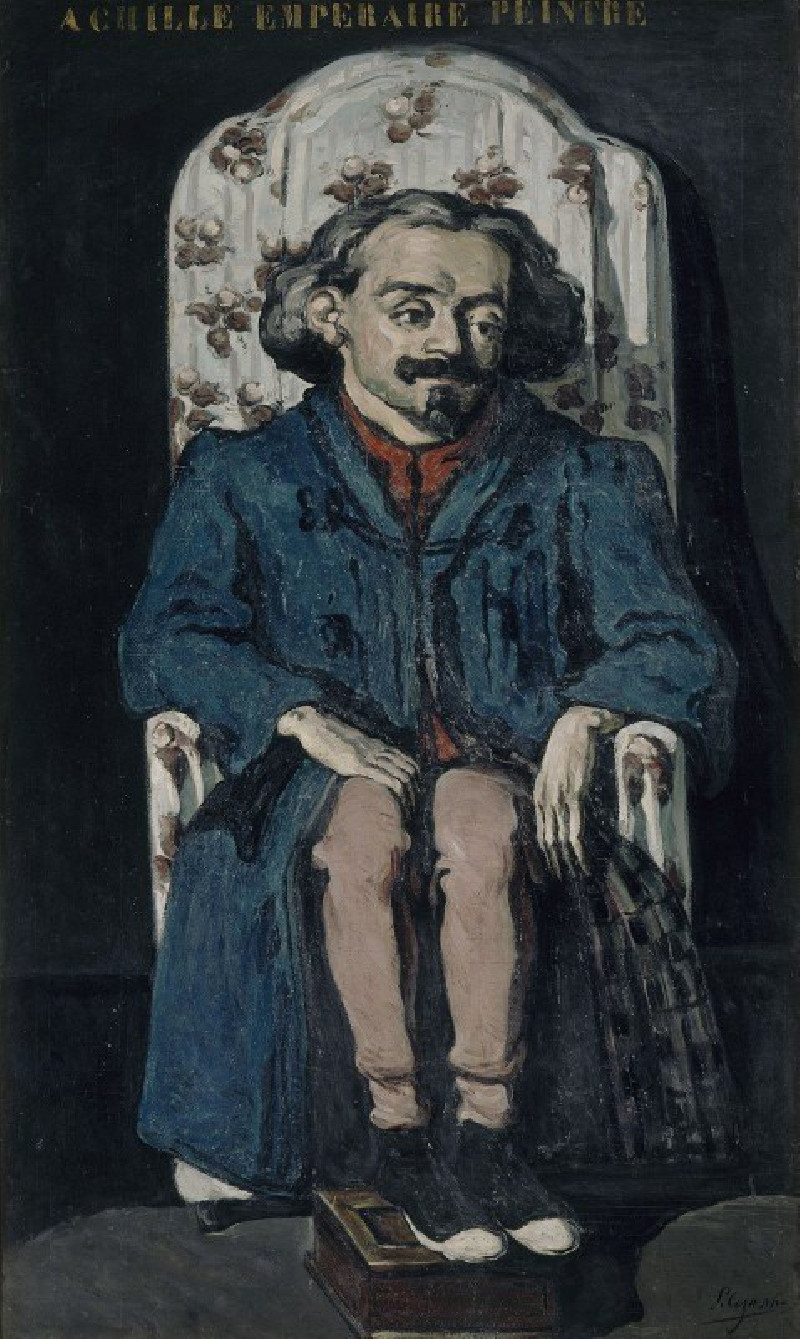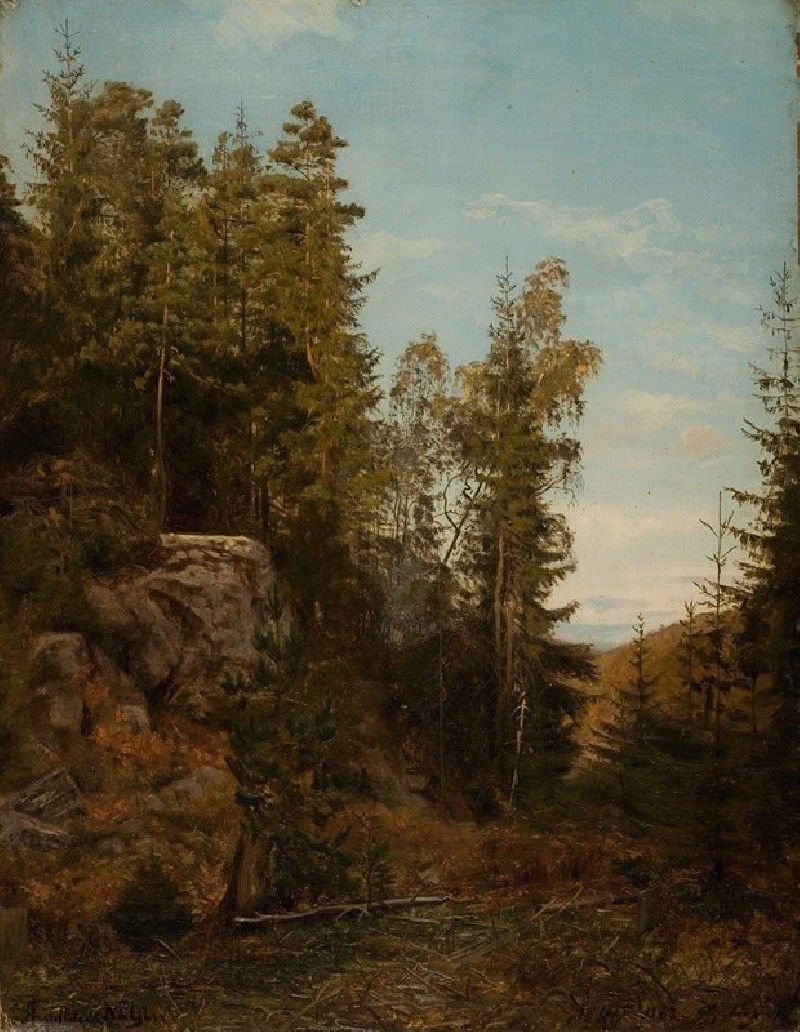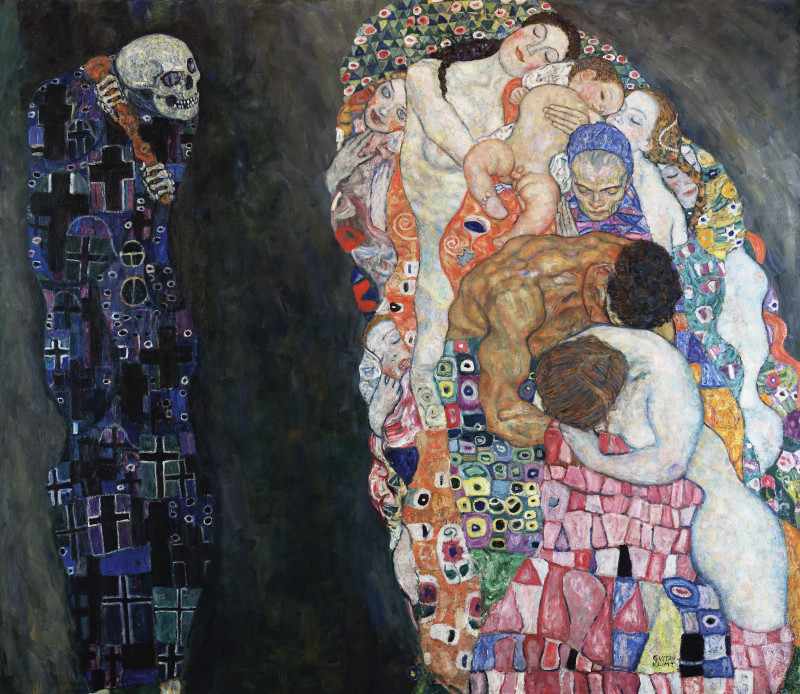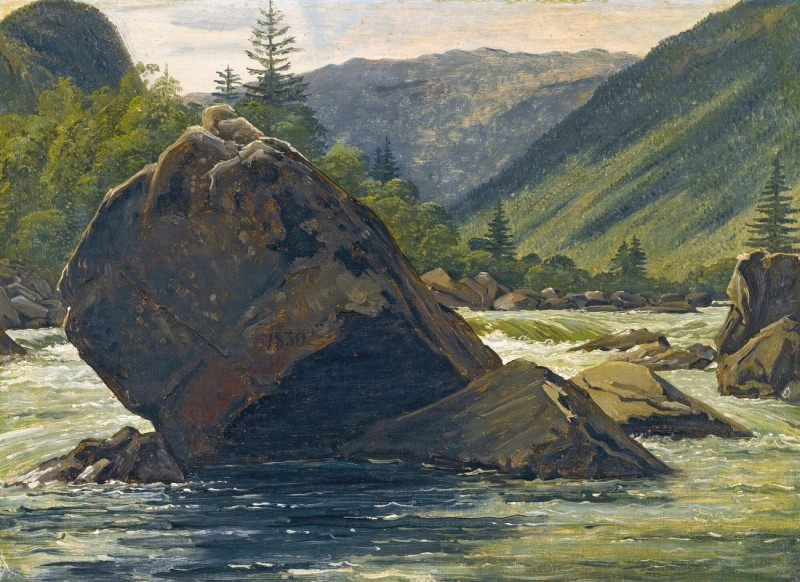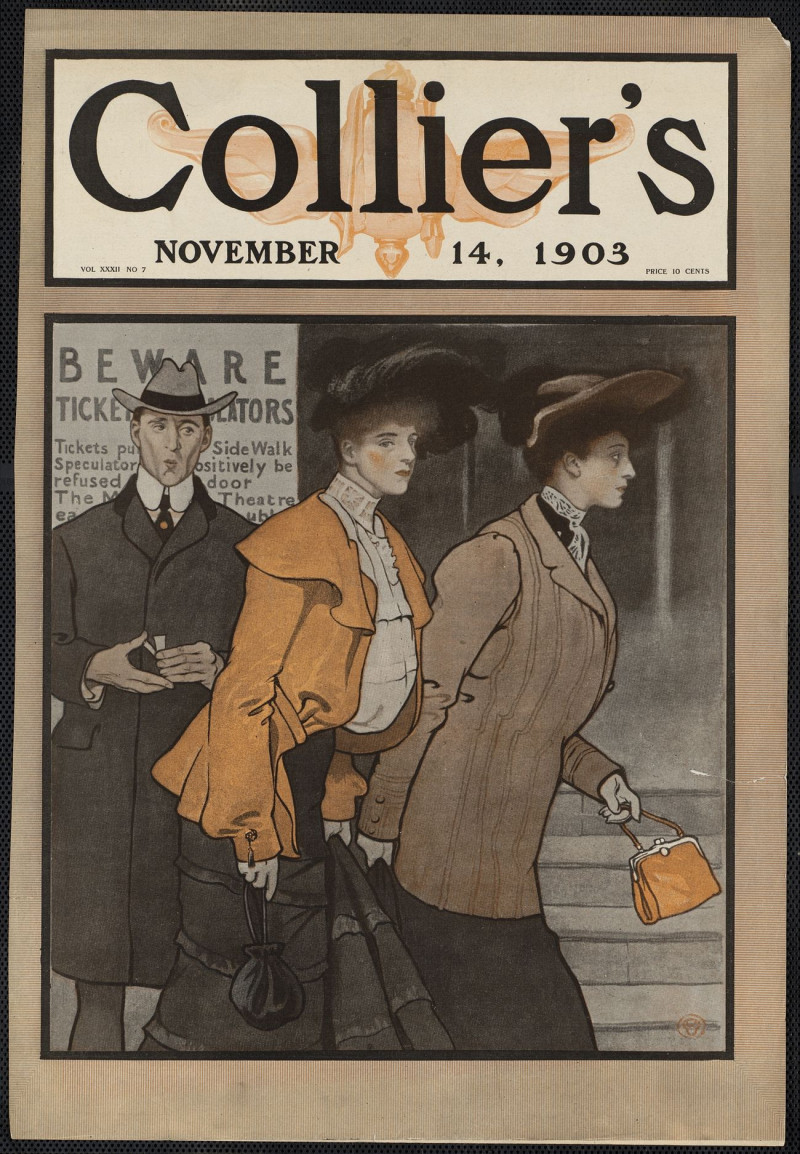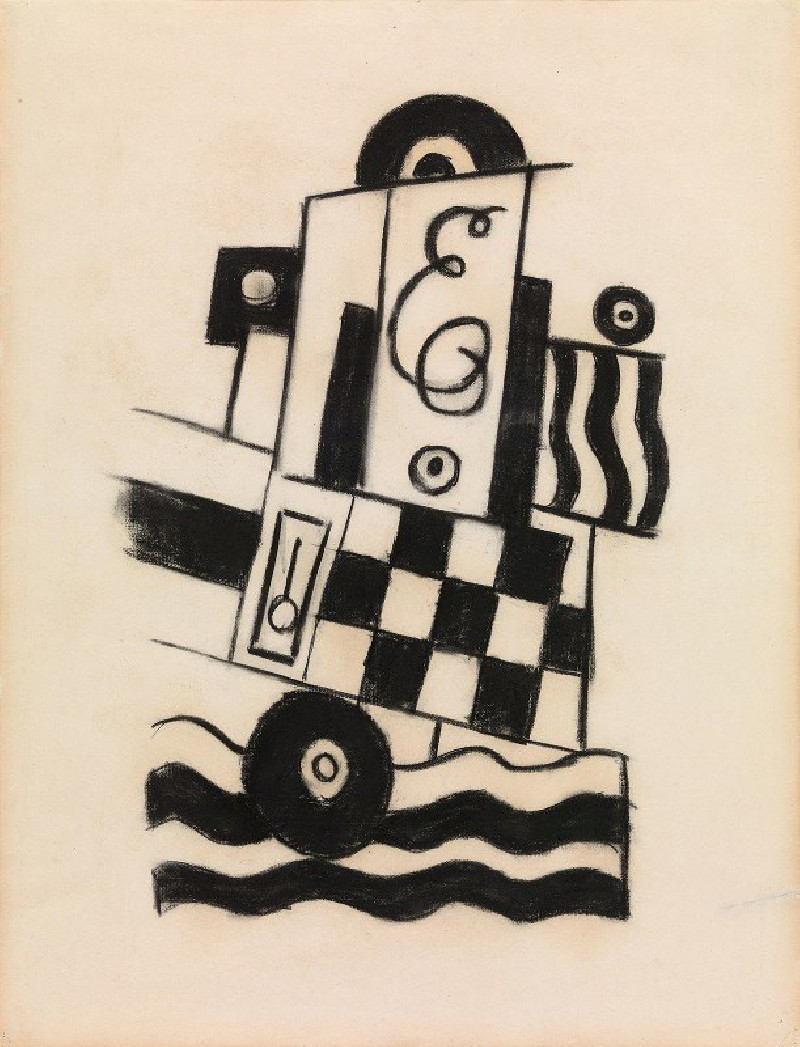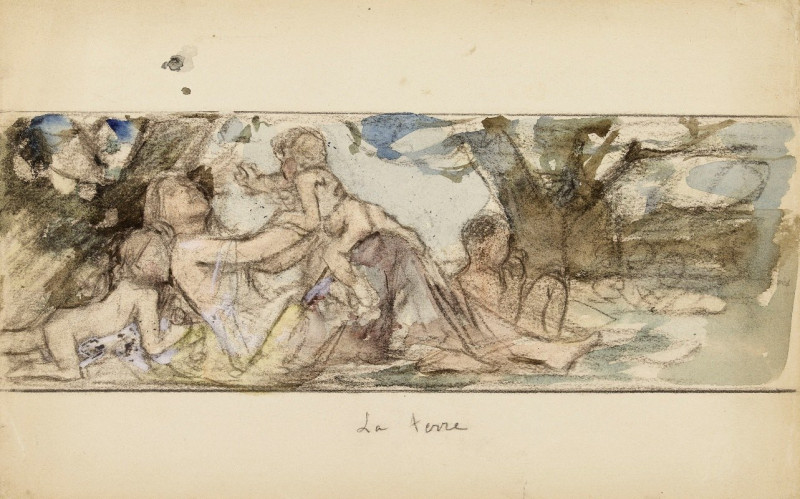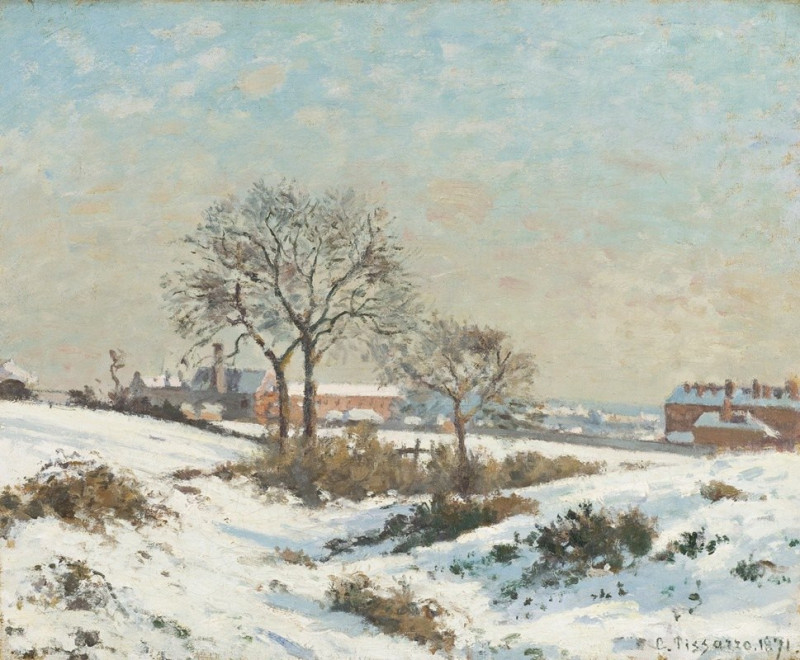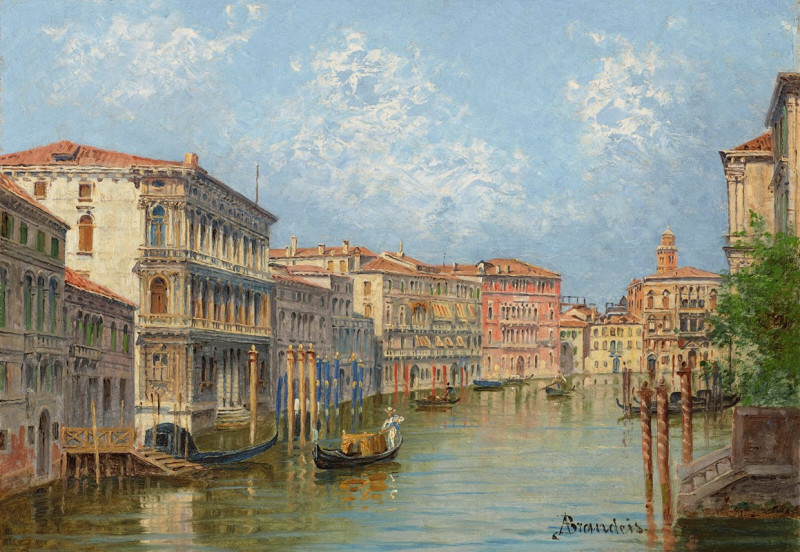Flourishing (1934)
Technique: Giclée quality print
Recommended by our customers
More about this artwork
Paul Klee, a master of color theory and symbolism, presents a captivating visual narrative in his 1934 painting "Flourishing." This artwork is an exemplar of Klee’s unique abstract style, blending subtlety with complexity in ways that invite viewers to decipher its layered meanings.The painting features a central figure that can be interpreted as a stylized flower or plant form. Dominated by a circular, pale pink shape with a deeper pink and white center, it suggests a blooming flower. This main figure is bisected vertically by a delicate line, hinting at a stem or a subtle divider that slices through the flower’s core, perhaps representing growth or the passage of time. Surrounding the flower are smaller forms and dots scattered across the canvas, creating an impression of pollen or seeds, emphasizing the theme of flourishing life and natural fecundity.Klee’s choice of a soft, pastel color palette enhances the gentle and ethereal quality of the work, while small touches of darker hues add depth and contrast. The background is speckled with multicolored dots, further suggesting the vibrant activity of an ecosystem at the peak of its vitality."Flourishing" not only showcases Klee’s artistic expertise but also serves as a metaphorical canvas, reflecting themes of growth, renewal, and the beauty inherent in the natural world.
Delivery
Returns
Paul Klee was a Swiss-born German artist. His highly individual style was influenced by movements in art that included expressionism, cubism, and surrealism. Klee was a natural draftsman who experimented with and eventually deeply explored color theory, writing about it extensively; his lectures Writings on Form and Design Theory (Schriften zur Form und Gestaltungslehre), published in English as the Paul Klee Notebooks, are held to be as important for modern art as Leonardo da Vinci's A Treatise on Painting for the Renaissance.
































